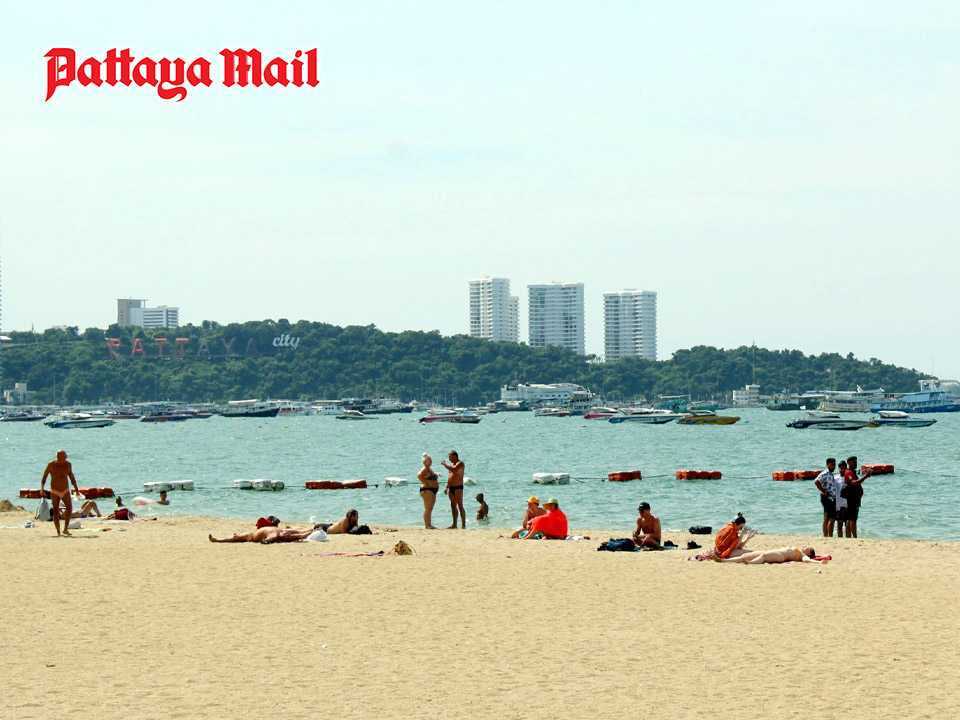
PATTAYA, Thailand – The Thai government recently announced that over 30 million foreign tourists have visited the country in 2024, reflecting a strong recovery for the tourism sector after the pandemic. However, despite this impressive number, many businesses in Pattaya, a major tourist hub, report they are still struggling. Several factors contribute to this disconnect:
Tourism Patterns Have Changed
While Thailand has seen a surge in tourists, their travel patterns and preferences have shifted. Many travelers are now opting for shorter stays, budget accommodations, or alternative destinations outside of mainstream tourist spots like Pattaya. Popular emerging destinations such as Chiang Mai, Krabi, and Koh Samui are drawing visitors who might have otherwise chosen Pattaya.
Limited Spending Power of Tourists
A significant portion of incoming tourists consists of budget travelers or those from countries with weaker currencies, such as Russia, India, or neighboring ASEAN nations. These tourists may spend less on premium services, dining, or entertainment, which are critical revenue sources for many Pattaya businesses.
Increase in Day-Trip Tourism
Pattaya has increasingly become a day-trip destination for tourists staying in Bangkok or other nearby provinces. These visitors contribute little to the local economy as they often spend only a few hours in the city, focusing on sightseeing rather than shopping, dining, or staying overnight.
Slow Recovery of Specific Sectors
Certain sectors, such as nightclubs, live music venues, and bars, are taking longer to recover due to lingering concerns about safety, changing visitor demographics, or stricter regulations post-pandemic. Additionally, high inflation and rising costs have further strained these businesses.
Competition from Domestic Tourism Campaigns
Domestic tourism campaigns launched by the government to boost local travel have been successful but often encourage Thais to explore other destinations rather than Pattaya. As a result, local businesses in the city have missed out on a potential customer base.
High Operating Costs
Many businesses in Pattaya are grappling with increased costs for utilities, staff, and supplies, which cut into their profit margins. Even with tourists returning, the income is often insufficient to cover these higher expenses, especially for smaller, family-run establishments.
Oversupply of Businesses
During the pandemic, many businesses in Pattaya closed, but the reopening period has seen an oversupply of services, from restaurants to souvenir shops, vying for a limited number of high-spending customers. The saturation of the market makes it challenging for businesses to stand out.
Challenges in Attracting High-Spending Tourists
Pattaya is traditionally known as a value-for-money destination, which has made it difficult to attract affluent tourists. Competing regions in Thailand, such as Phuket, have been more successful in positioning themselves as premium destinations.
Despite the robust return of international tourism, the benefits have not been evenly distributed across Thailand’s destinations. Pattaya businesses are urging the government to create targeted initiatives to support struggling sectors, including promoting longer stays, diversifying visitor profiles, and addressing rising operational costs. Without such efforts, the city may continue to lag behind in the broader recovery of Thailand’s tourism economy.










